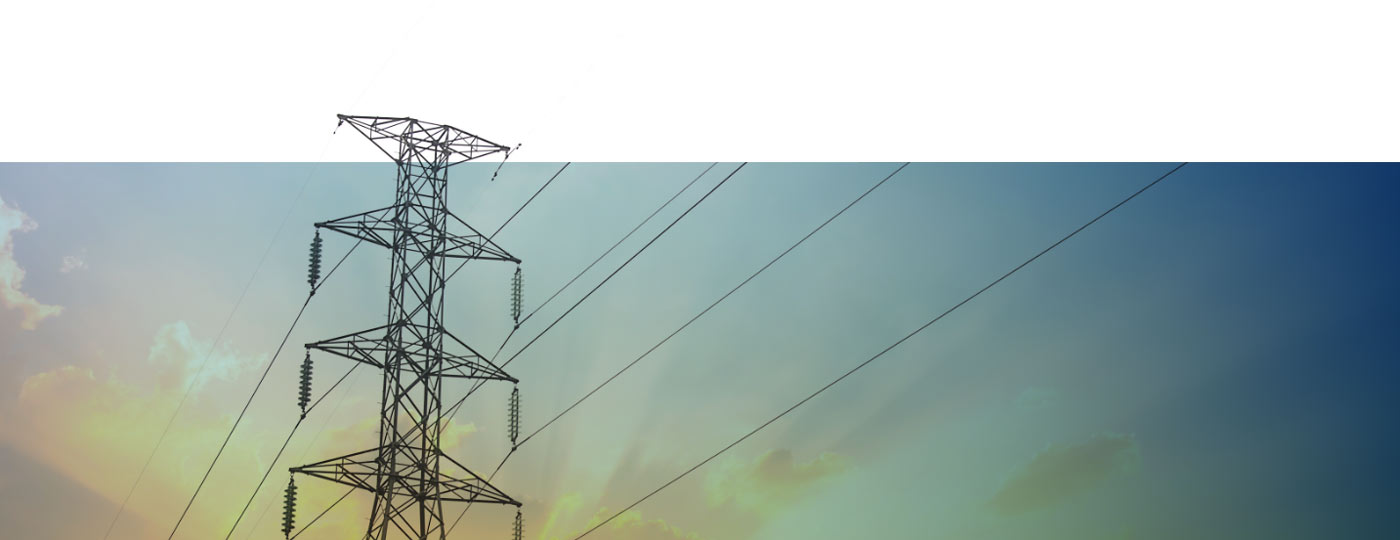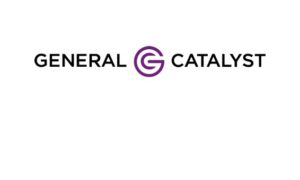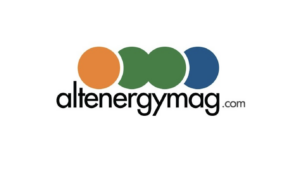
While originally expected to retain much of the lithium-ion market share through 2030, high-nickel lithium-ion batteries are already falling to the wayside due to challenges across the value chain: supply constraints, high costs, unsustainable sourcing practices, and reduced cycle life. New reports already indicate interest and early-stage contracts for LFP / LiFePO4 batteries, however, their lithium-ion heritage is unlikely to provide the ideal solution.
What Is An LFP Battery?
Lithium-iron-phosphate, often shortened to LFP or LiFePO4, is a lithium-ion battery chemistry that uses lithium ferrophosphate in the cathode and graphitic carbon in the anode. LFP / LiFePO4 batteries do not use cobalt or nickel, which lowers energy density but helps to reduce production costs.
Are LFP and Lithium-Ion Batteries Different?
A LFP battery is a lithium-ion battery. Lithium-ion is best thought of as a family of different chemistries, or “flavors.” All lithium-ion batteries use a reversible reduction of lithium ions to store energy. But different metals can be used to provide different levels of performance and service life. LFP / LiFePO4 is considered a lower-energy, lower-cost chemistry that is useful for applications such as stationary storage and standard-range EVs. Others include lithium cobalt oxide (LCO) and lithium manganese oxide (LMO), which are higher-energy chemistries used in laptops, mobile phones and other consumer electronics. Lithium nickel manganese cobalt (NMC) and lithium nickel cobalt aluminum (NCA) are also higher-energy chemistries commonly used in EVs and stationary storage systems.
How Do LFP Batteries Compare to NMC and NCA
LFP / LiFePO4 does have a few benefits over NMC and NCA. Those include (somewhat) safer operation and longer cycle life, which explains why 80% of the demand for LFP / LiFePO4 is coming from the EV market and 13% from stationary storage. However, those benefits are offset by lower energy density and performance.
Because key battery materials such as nickel and cobalt are exposed to supply bottlenecks and geopolitical insecurities, some have suggested that LFP / LiFePO4 batteries could be a good alternative. Phosphate and iron are widely available in large amounts from developed countries with robust environmental protections. In contrast, nickel and cobalt (used in NMC/NCA cells) are often sourced in countries such as Russia and the Democratic Republic of the Congo that leverage unsustainable mining practices and are often subject to geopolitical instability. As such, nickel and cobalt are accompanied by concerns about cost volatility, national security, and environmental, social, and governance (ESG) goals.
LFP / LiFePO4 batteries are also a seemingly attractive bet for EVs and stationary storage because they have a lower risk of thermal runaway. According to a 2020 paper from the Journal of the Electrochemical Society, LFP batteries have a longer lifespan than NMC/NCA, making them ideal for thousands of charge/discharge cycles in stationary storage applications.
In the current global battery market, all chemistries relying on lithium remain susceptible to volatility. Giuseppe Artizzu, CEO for the global business line energy storage at energy storage and e-mobility solutions provider NHOA (formerly Engie EPS), recently stated “‘Well-documented problems with the supply of lithium materials have meant that the price differential between lithium-ion phosphate batteries and NMC (nickel, manganese and cobalt) has closed.”
Are LFP Batteries Cheaper?
While manufacturing facilities are being built in the U.S., supply of LFP batteries in the next decade is expected to be led by China, which enjoys a virtual monopoly on LFP / LiFePO4 manufacturing due to licensing rights from early LFP / LiFePO4 patents (although many of these are set to expire in 2022). As of January 2022, more than 90% of the world’s LFP / LiFePO4 manufacturing is China-based. With major U.S. electrification commitments in the next ten years, there’s a concern around sudden supply cuts or an unexpected rise in prices.
It can take five to ten years to develop a lithium mine, and there’s currently no way to mine lithium without destroying the environment. Two potential locations in the United States, Thacker Pass in Nevada and the Salton Sea in Southern California, are both mired in controversy over water use issues and potential environmental harm to nearby communities. While both are likely to move forward, the decision is souring many individuals’ beliefs in sustainable development; some are questioning whether the benefits of lithium-ion are worth the environmental damage required to make them. Other potential sites in California’s Mojave Desert and Silver Peak, Nevada, are likely to face similar scrutiny.
The Long-Term Solution to Lithium-Ion Batteries
Despite anticipation from the market, LFP / LiFePO4 does not take the best of the lithium-ion paradigm and do away with the rest. The chemistry and its lithium-based material composition face most of the same longstanding challenges – it’s just more widely available in the near term. But that supply won’t last, and the clock is ticking for battery integrators to make new battery procurement plans and strategize for the future.
Recycling is another concern. LFP / LiFePO4 batteries pose a bit of a conundrum on this front; they’re less valuable to recyclers since they don’t contain cobalt, which means they may be more likely to wind up in landfills. As batteries break down over time the electrolyte in many cells will convert to toxic hydrogen fluoride gas, which can cause blindness and converts to corrosive hydrofluoric acid in the presence of moisture.
Truly sustainable battery supply means transitioning away from lithium to more readily available materials that are inherently safe and low-cost. Alternative chemistries that don’t use lithium, nickel, or cobalt provide additional benefits beyond what LFP / LiFePO4 tries to offer: non-flammable, non-toxicity, readily recyclable, abundant supply, and lack of geopolitical constraints for simple manufacturing.




